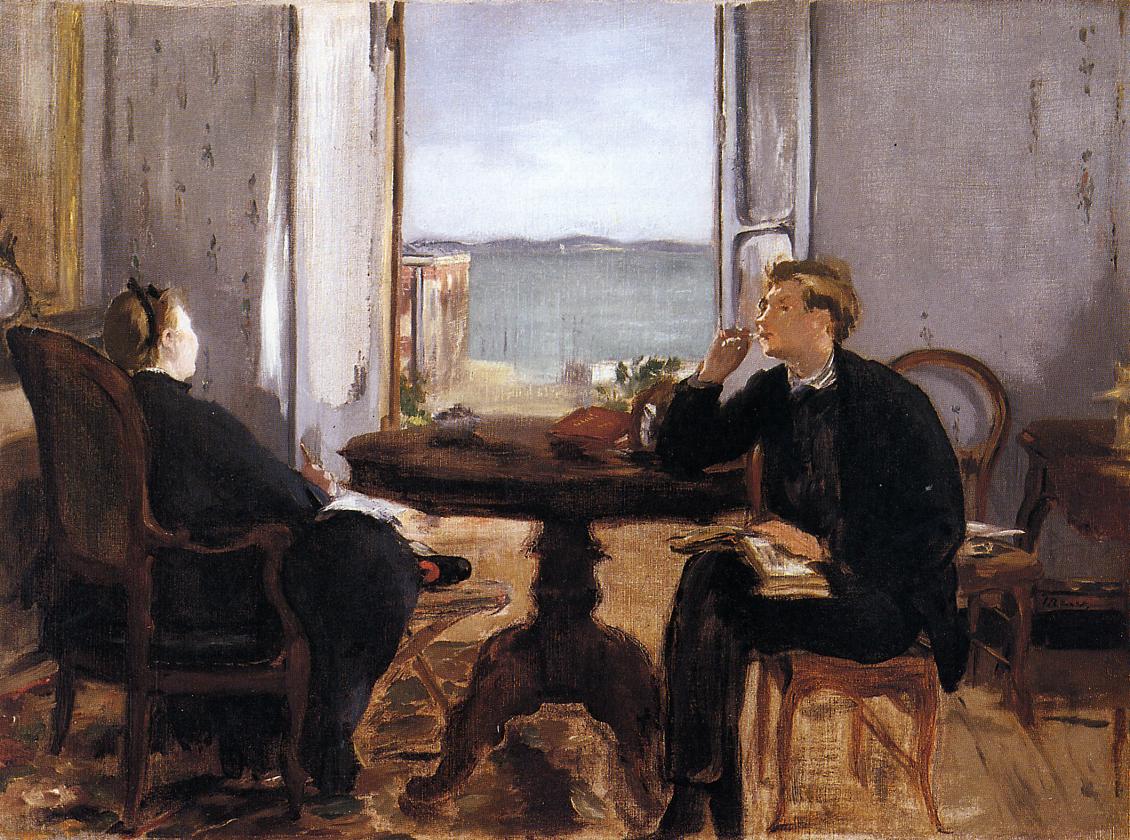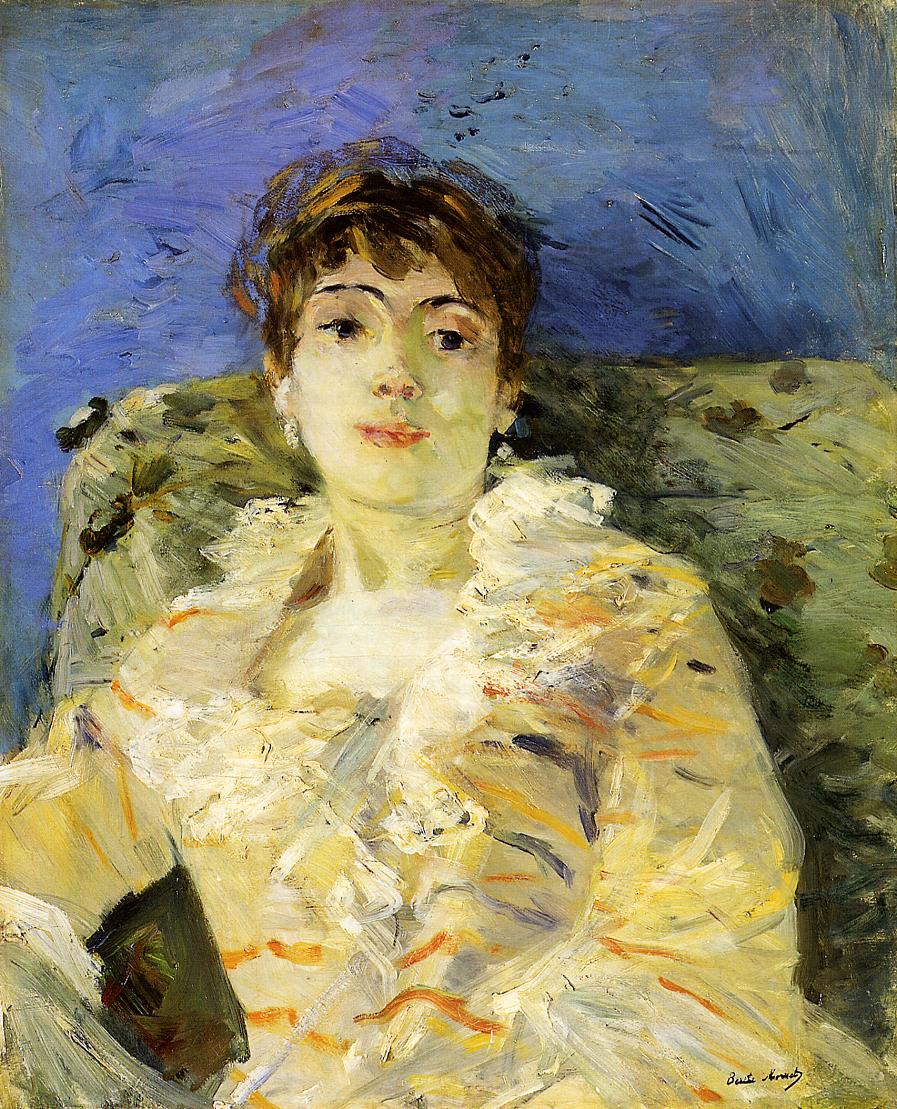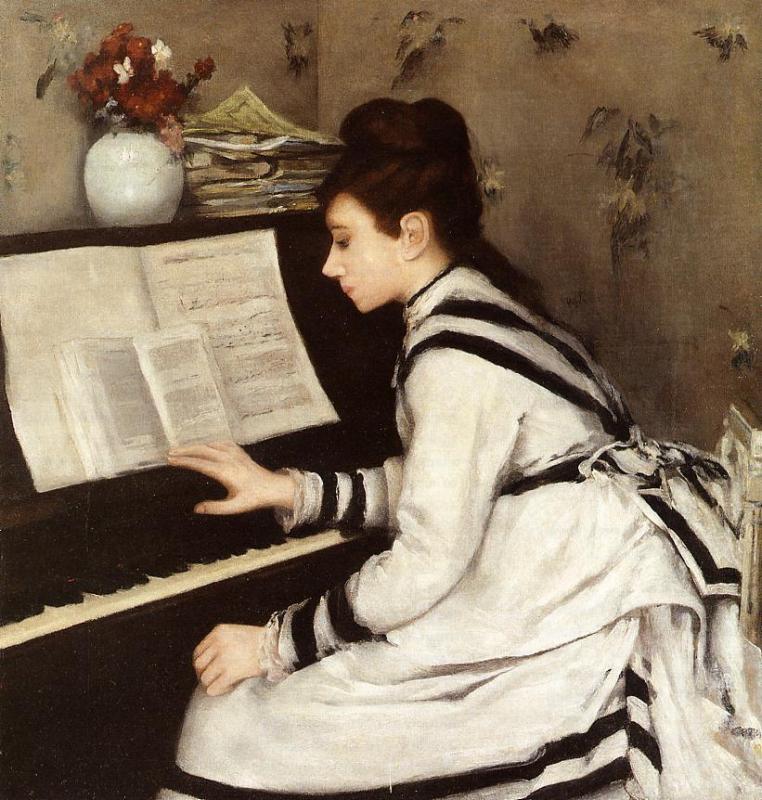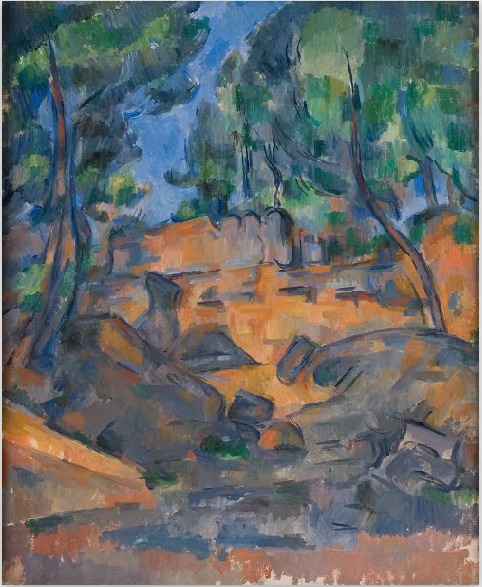Cézanne is no longer possible for the old lady; but for us he is valid and moving and important.
Rainer Maria Rilke to Clara Rilke
Rilke’s first visit to the Salon d’Automne, to Cézanne’s retrospective exhibition which is at the heart of the boo (Cézanne had died in 1906). A strange letter, suspended as it is between two alternative realities, the fictional no less real than the real.
Cézanne is not mentioned till the very last sentence, as though Rilke didn’t yet know how to approach him with words, and so invented a longer, round-about, path between the past and the future, lingering in the past.
OCTOBER 6, 1907
The old closed-down hotels in the Faubourg Saint-Germain with their white-gray shutters, their discreet gardens and courtyards, the locked ironwork gates and heavy, tight-shutting doors.
Some of them were very haughty and sophisticated and inaccessible. These may have been the Talleyrands, the de la Rochefoucaulds, unapproachable gentry.
But then came a street that was just as quiet with somewhat smaller houses, no less noble in their manner and quite reserved.
One of the gates was just about to close; a servant in his morning livery turned around again and looked at me carefully and thoughtfully. And at that same moment it seemed to me that it would have taken only a very slight shift in the pattern of things at some time in order for him to recognize me and step back and hold open the door.
In order for an old lady to be up there, a grand-mère who would make it possible to receive her favorite grandson even at this early hour.

Now it is hard to believe that this was the way that led to the Salon d’Automne. But finally I did arrive at the bright and colorful picture market, which, for all its straining to make an impression, did not dispel my inner mood.
The old lady persisted, and I felt how much it would be beneath her dignity to come and look at these pictures.
I wondered whether I might not find something I could tell her about after all, and found a room with pictures by Berthe Morisot (Manet’s sister-in-law)

and a wall with works by Eva Gonzales (Manet’s student).

Cézanne is no longer possible for the old lady; but for us he is valid and moving and important.
Rainer Maria Rilke to Clara Rilke
The OLD and THE NEW
The old lady that Rilke conjures up in this letter resonates so strikingly with this painting by Edouard Manet, but it is never mentioned in the letter: both Manet and Cézanne, with their radical, world-overthrowing newness, are touched only obliquely here.
Rilke is not that old lady, but the old lady is Rilke. Where else could she have appeared from?
Isn’t it the past within him, the past in Cézanne is not yet possible, and which longs still for something calmer, something less radical?
SEEING PRACTICE: Cézanne indescribable reality

It may be hard for us now, in the twenty first century, to recognize Cézanne’s radical newness. The expansion of vision he expressed in painting has been integrated, to a degree at least, into our own sense of vision.
Can a modern viewer experience the original puzzlement and resistance Cézanne’s contemporaries, including Rilke, must have felt in front of his paintings? Well, we can try — if only to appreciate afresh how different our sense of vision now is.
For this seeing practice, I chose a painting which, I believe, makes it easier. Click through to zoom in and see how hard it must have been to reconcile this way of seeing with more conventional representations of visual reality.